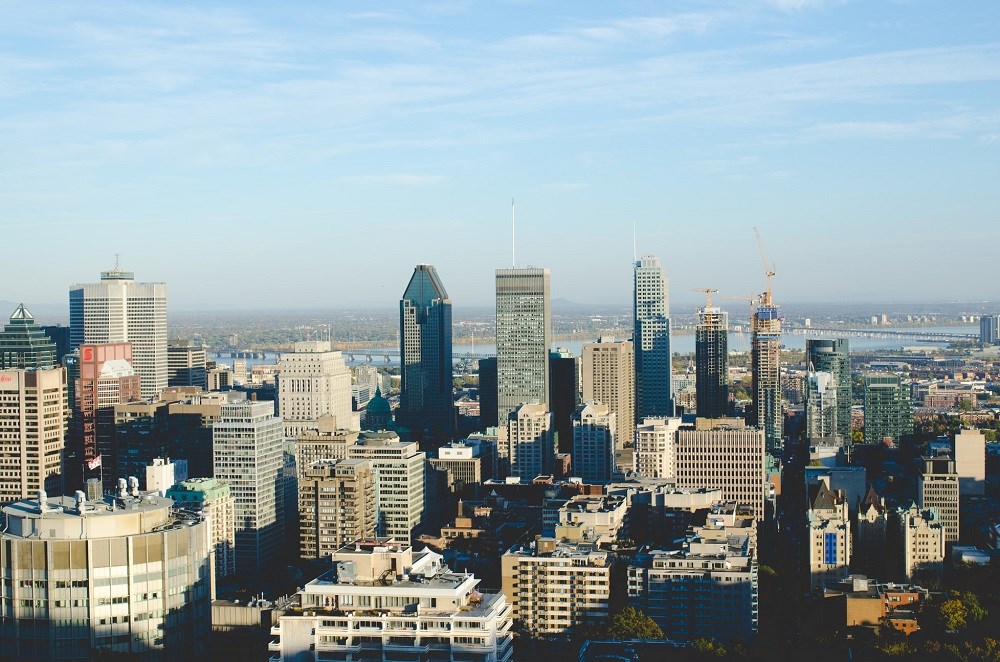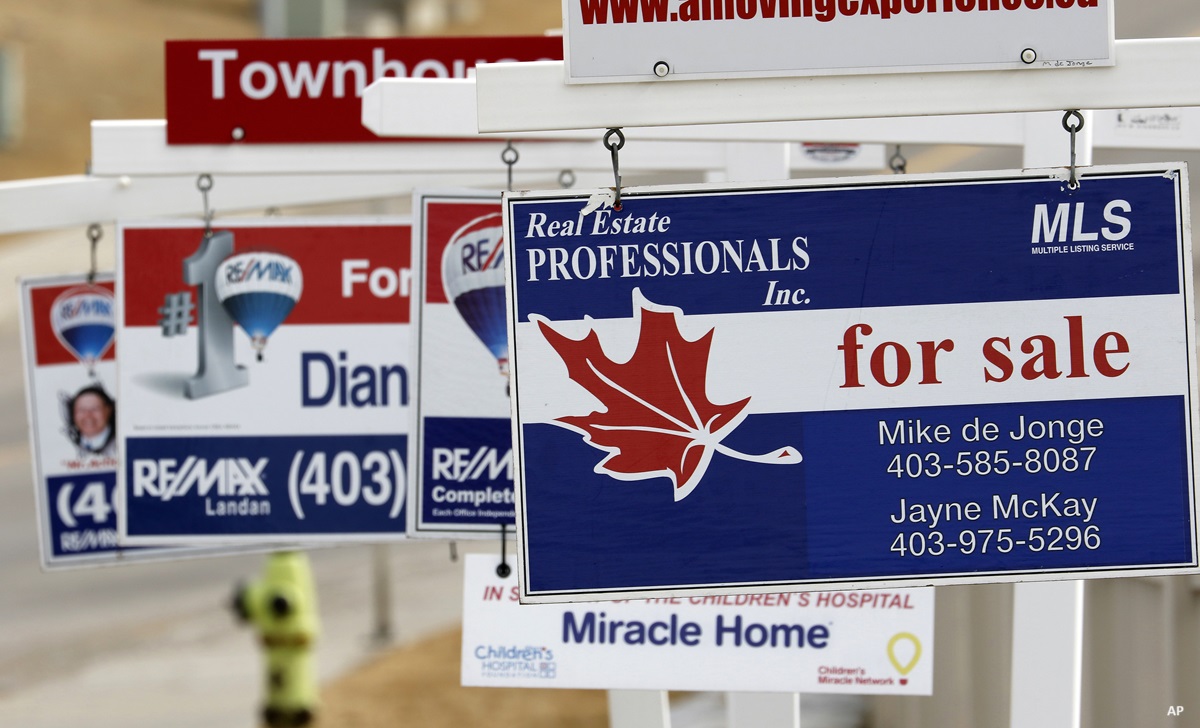
New York City landlords were recently pressing financial giants Goldman Sachs and BlackRock to bring their workers back on premises, calling it the “patriotic” thing to do. The landlords argued that their major occupants could survive the crisis, unlike smaller players like eateries, shops and cultural venues – the ones that make Manhattan special. They warned of a vicious spiral: if small service providers die, it would make downtown less attractive, giving workers even more reason to stay away, and make the hiring of talent more difficult.
The picture is similar here in Canada. One can also add to that a growing trend among house buyers to look for homes outside cities where more spacious surroundings reduce the risks of epidemic contamination, notes Toronto city centre dweller Howard Leung, REIT analyst at Veritas Investment Research.
Old Becomes New
This ghost town narrative is not new.
“Back in the 1990s, everybody was saying that downtown offices were dead, that everything would happen in the suburbs,” recalls James McKellar, professor of Real Estate and Infrastructure at the Schulich School of Business. “And there was a period for 10 years when Coca-Cola and big corporations moved to suburbs. Then they found out their workforce wasn’t moving to the suburbs anymore. Corporations like Telus for example, got rid of all their suburban offices. Downtowns are magnets.”
Have the coronavirus and Zoom meetings spent that magnetic force, causing city centres to hollow out again? None of the specialists Morningstar has spoken to think so.
Sam Sahn, portfolio manager at Timbercreek Investment Management, believes city centres will thrive again. He points to Facebook’s lease in August of 730,000 square feet of office space in New York City to set up a new campus. “It’s a strong indicator by a company that is very cognizant of where the world is going,” says Sahn, who thinks that a COVID-19 vaccine will bring people back to city centres.
McKellar reminds us how strong cities have been in history as trade, commerce, social and cultural hubs. “In 1989, there was 480 million square feet of free office space in the U.S. because developers had overbuilt. Everybody thought it would take 10 years to absorb it. It took only three. To think that we will all move from the inner city is quite shortsighted. I don’t think COVID-19 will be as disastrous as things were at the end of the 1980s.”
Zooming Out of COVID-19
What about Zoom and other telemeeting applications? “There will be an end to that honeymoon. It doesn’t provide a lot of social comfort. I started teaching on Zoom. Do I want to do this for the rest of my career? No way!” McKellar shoots back.
Nevertheless, workers will probably weigh the advantages of higher density work environments against the disadvantages of morning and evening commutes. Some remote work will continue.
Anthony Scilipoti, president of Veritas, thinks that most people are simply not cut out to work alone from home, and city centres will bounce back. However, “employers will realize that some employees can work from home and they will pass the cost of rent onto them. Companies will readjust their footprint need, which will shrink, and that will exert downward pressure on rental rates.”
Paradoxically, McKellar thinks the pandemic will accelerate a demise of the private individual office and prompt a return to the open office, with more social contact, because more people will certainly work from home, but when they come downtown, they will want to be surrounded by others. That’s why coffee shops that also function as office space rental outfits will probably thrive – and the other way around: company offices will double as coffee shops
What Does That Mean for REITs?
Is there an opportunity for investors to hitch a ride back downtown with workers? “Absolutely! Some REITs should benefit tremendously,” answers Sahn, who points to Allied Properties REIT. “It will benefit materially from a recovery with people going back downtown. It’s a good way to play an office recovery inside a general economic recovery.” The stock still has a lot of ground to pick up since it fell from a high of $60 before the pandemic to a low of $32, and quickly recovered to move up around $39 where it presently stands.”
Unfortunately, REITs that have major downtown office and retail holdings are rare in Canada, points out Howard Leung. He gives the example of RioCan REIT, which has a large retail footprint, but mostly in suburban shopping malls that represent 91% of its rent collection.
Investors who believe there is money to make in the resurgence of downtowns need to look beyond our borders to the US and globally. They also need to remember that “most of the retail owned by REITs is not ‘high street’,” notes Sahn. However, office and retail will come together in a single REIT because, as he points out, operators who own an office building in a city centre most probably also own retail space – right under the building.
Have You Found Your Niche?
Explore the latest Global Thematic Fund Landscape report here




















